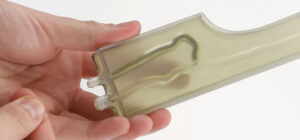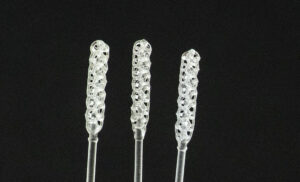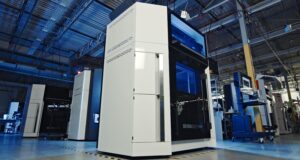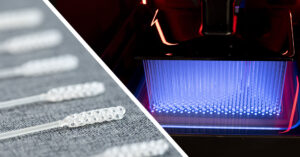
Navigating the complex world of medical device development is no easy feat. From design challenges to production delays, the journey from concept to market-ready product is often fraught with obstacles. However, there’s a game-changing technology that’s reshaping this landscape: 3D printing.
So, what exactly is 3D printing, and how is it transforming the way medical devices are made? Let’s break it down.
With Stratasys medical 3D printers, you can create biocompatible prototypes to easily test out medical devices
Imagine being able to turn your ideas into tangible prototypes with just the push of a button. That’s the power of 3D printing. Instead of relying on traditional manufacturing methods, which can be slow and costly, 3D printing allows designers to quickly create physical models of their concepts. This not only speeds up the development process but also gives manufacturers the chance to get early feedback from doctors and other stakeholders.
But the benefits don’t stop there. 3D printing also offers unparalleled flexibility when it comes to design. Need to make a tweak to your prototype? No problem. With 3D printing, you can easily make changes on the fly, saving time and resources in the long run.
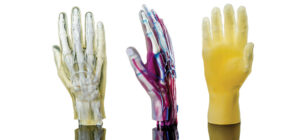
One of the most exciting applications of 3D printing in medical device development is the creation of anatomical models. These lifelike replicas of human organs and tissues allow designers to test their devices in realistic scenarios, ensuring they perform as intended in the operating room.
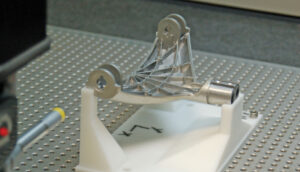
And it’s not just small-scale prototypes that benefit from 3D printing. The technology is also being used to manufacture final medical devices, from surgical tools to patient-specific implants. By eliminating the need for expensive tooling and streamlining the production process, 3D printing is helping medical equipment companies bring innovative products to market faster and more affordably than ever before.
But perhaps the most compelling aspect of 3D printing is its potential to improve patient outcomes. By enabling designers to create devices that are tailored to each individual’s unique anatomy, 3D printing has the power to revolutionize healthcare as we know it.
3D printing is not just a buzzword—it’s a game-changer for the medical device industry. By combining innovation with efficiency, this transformative technology is paving the way for a future where cutting-edge medical devices are accessible to all. So, the next time you hear about a breakthrough in medical technology, chances are 3D printing played a role in making it happen.
